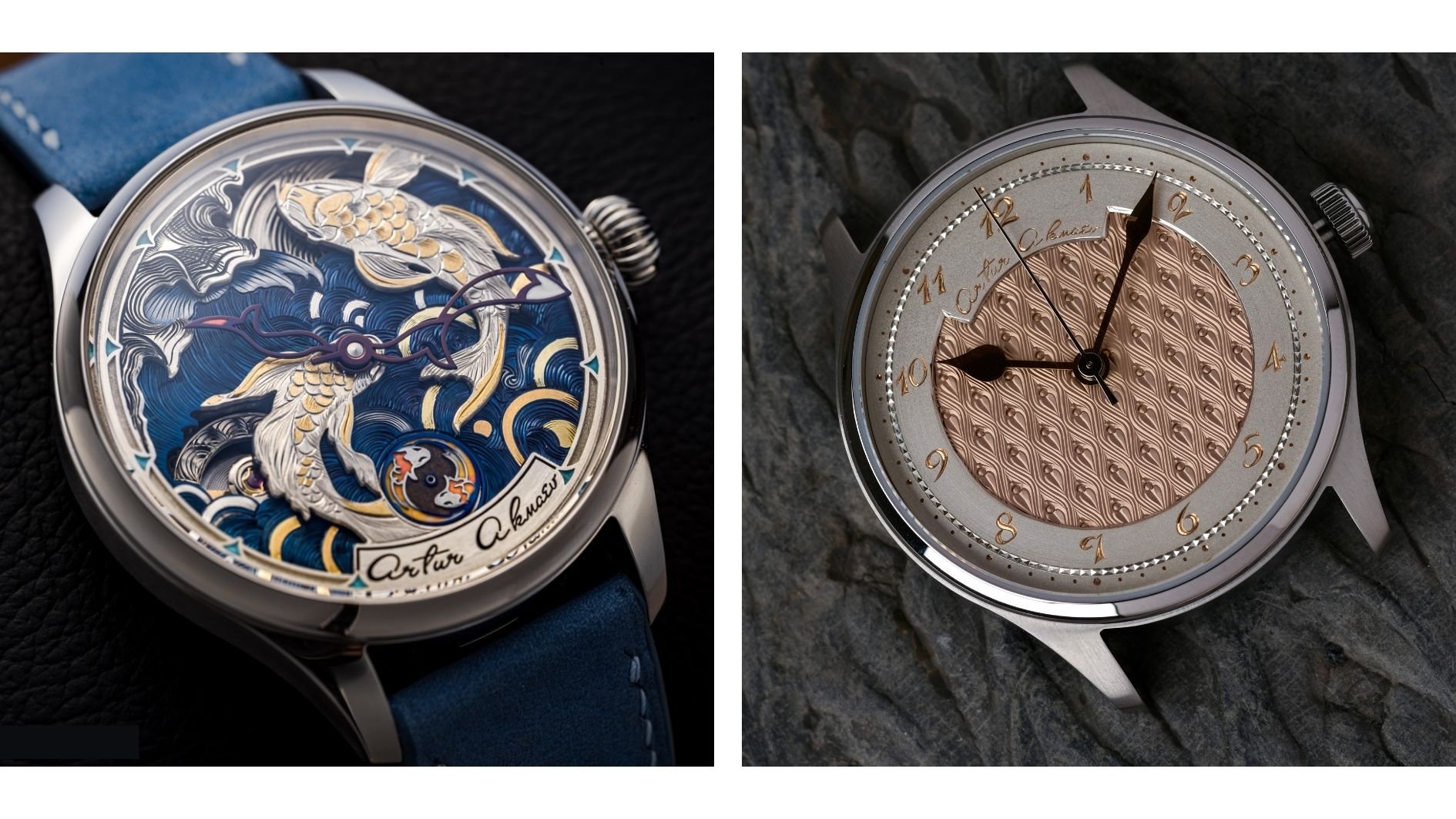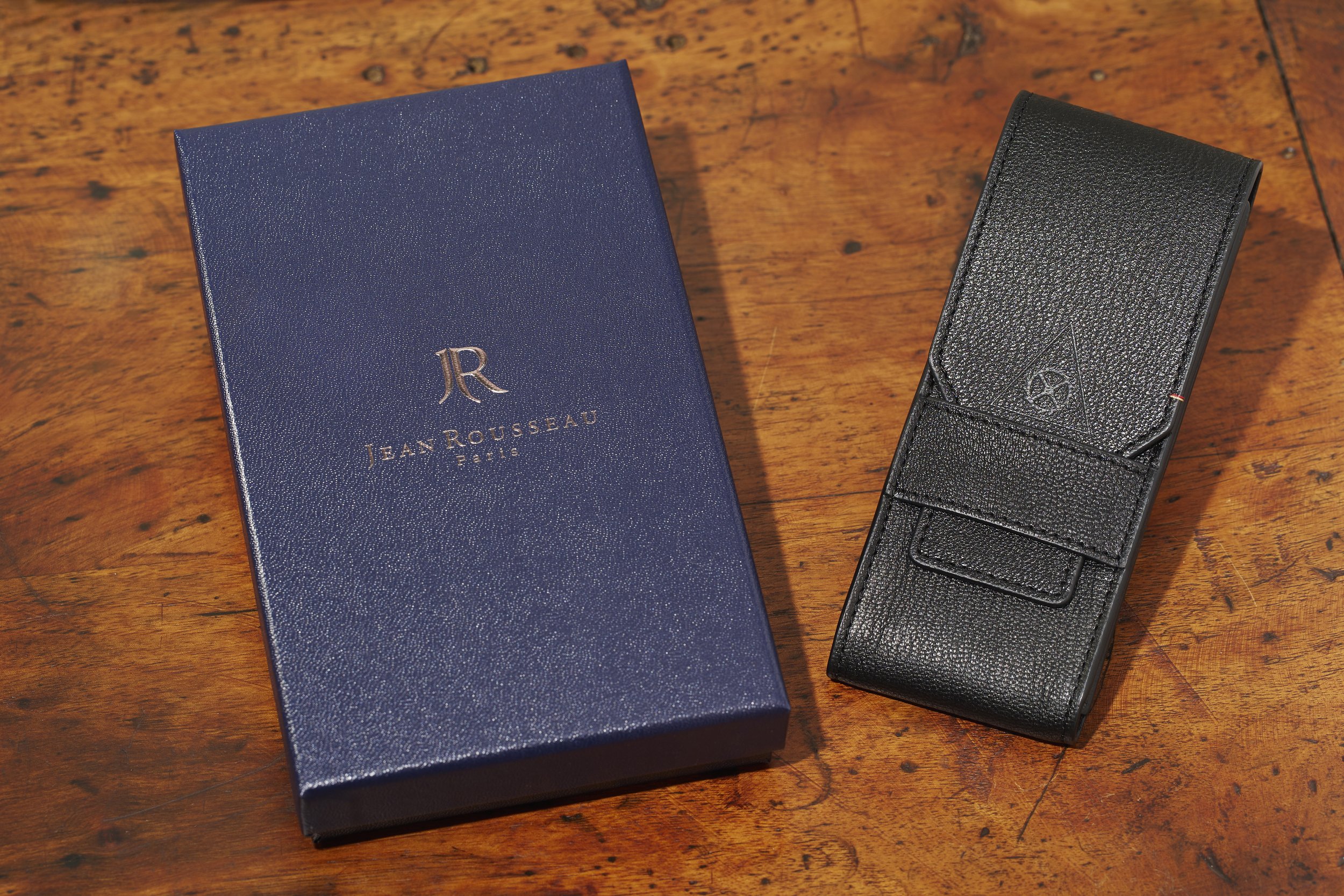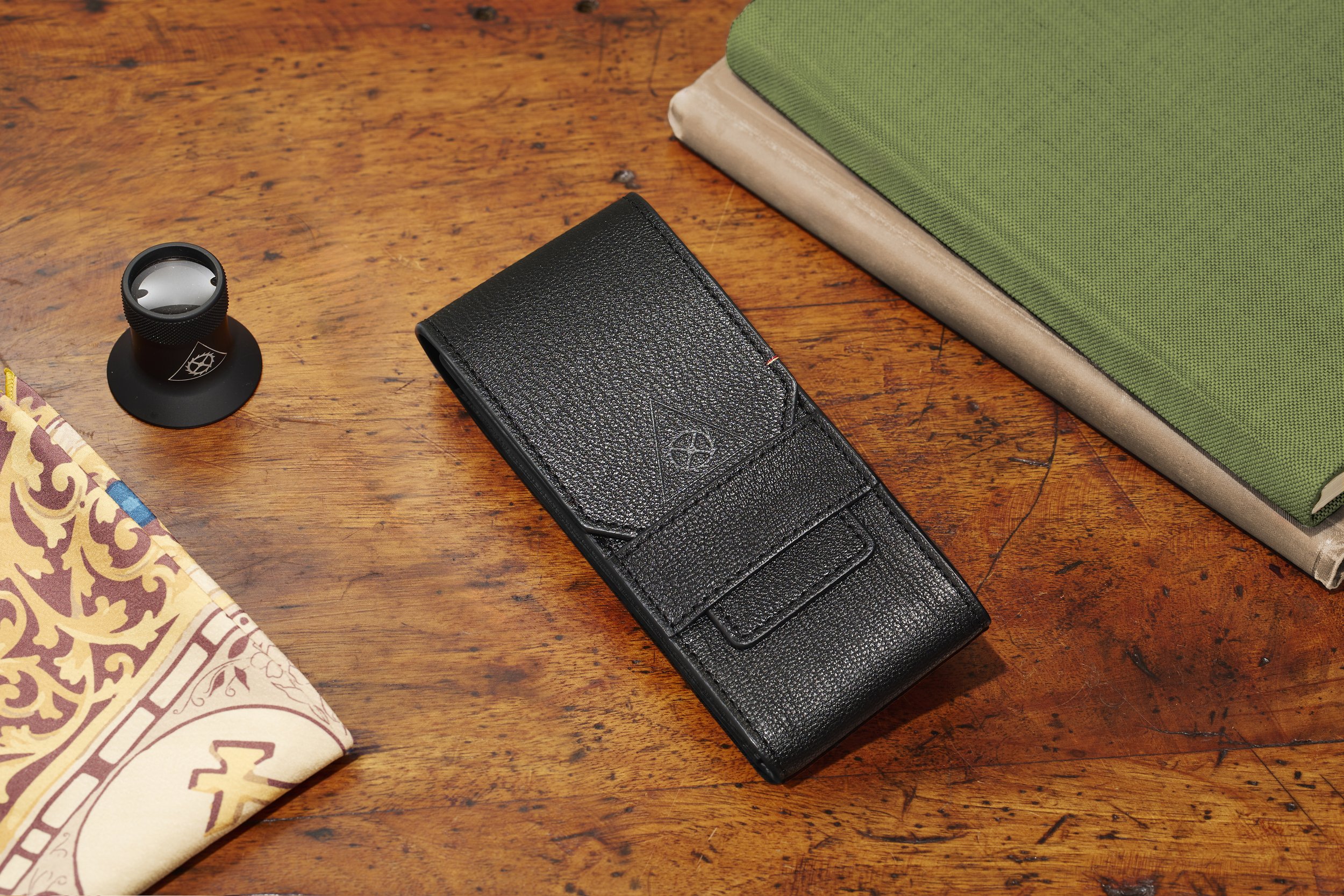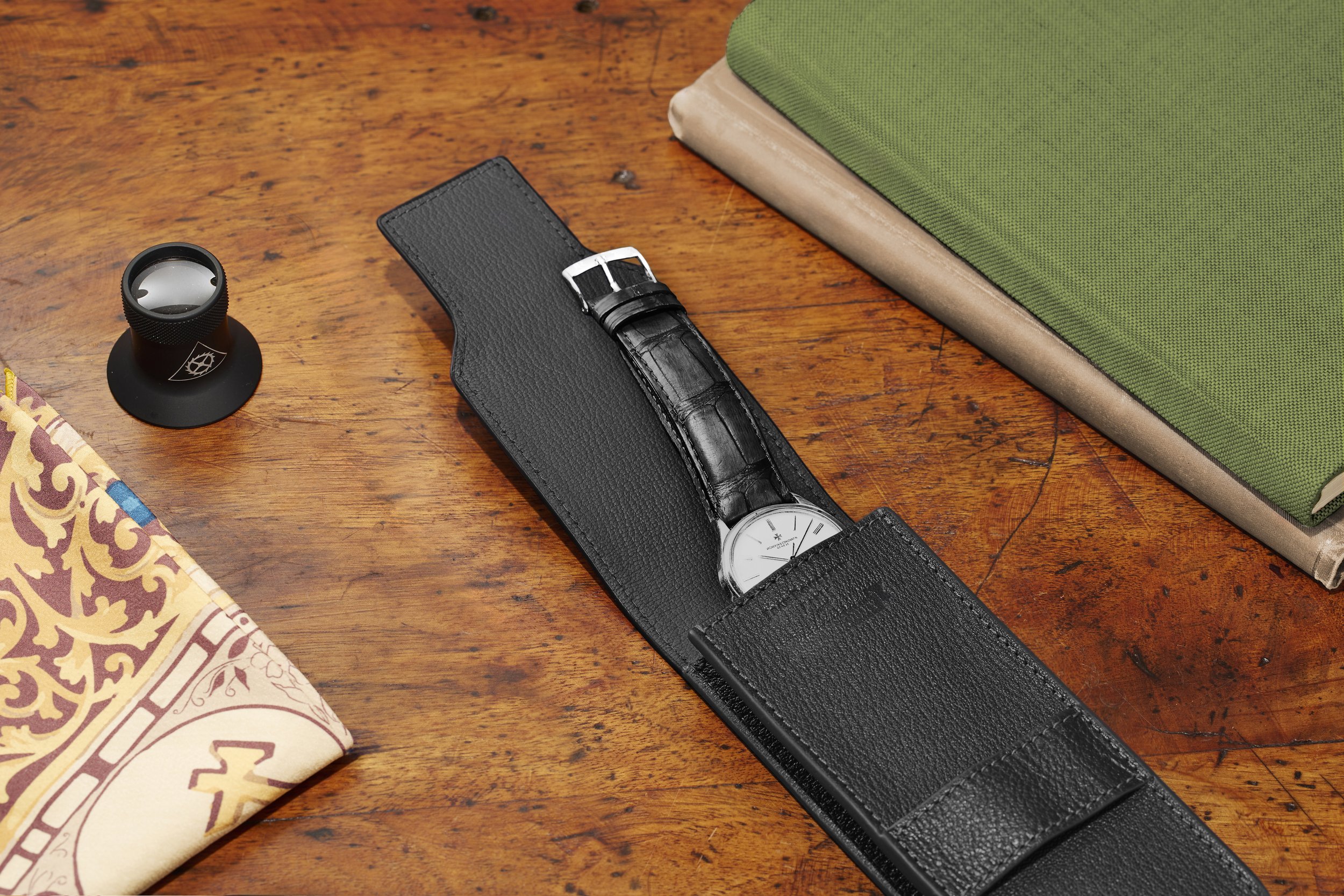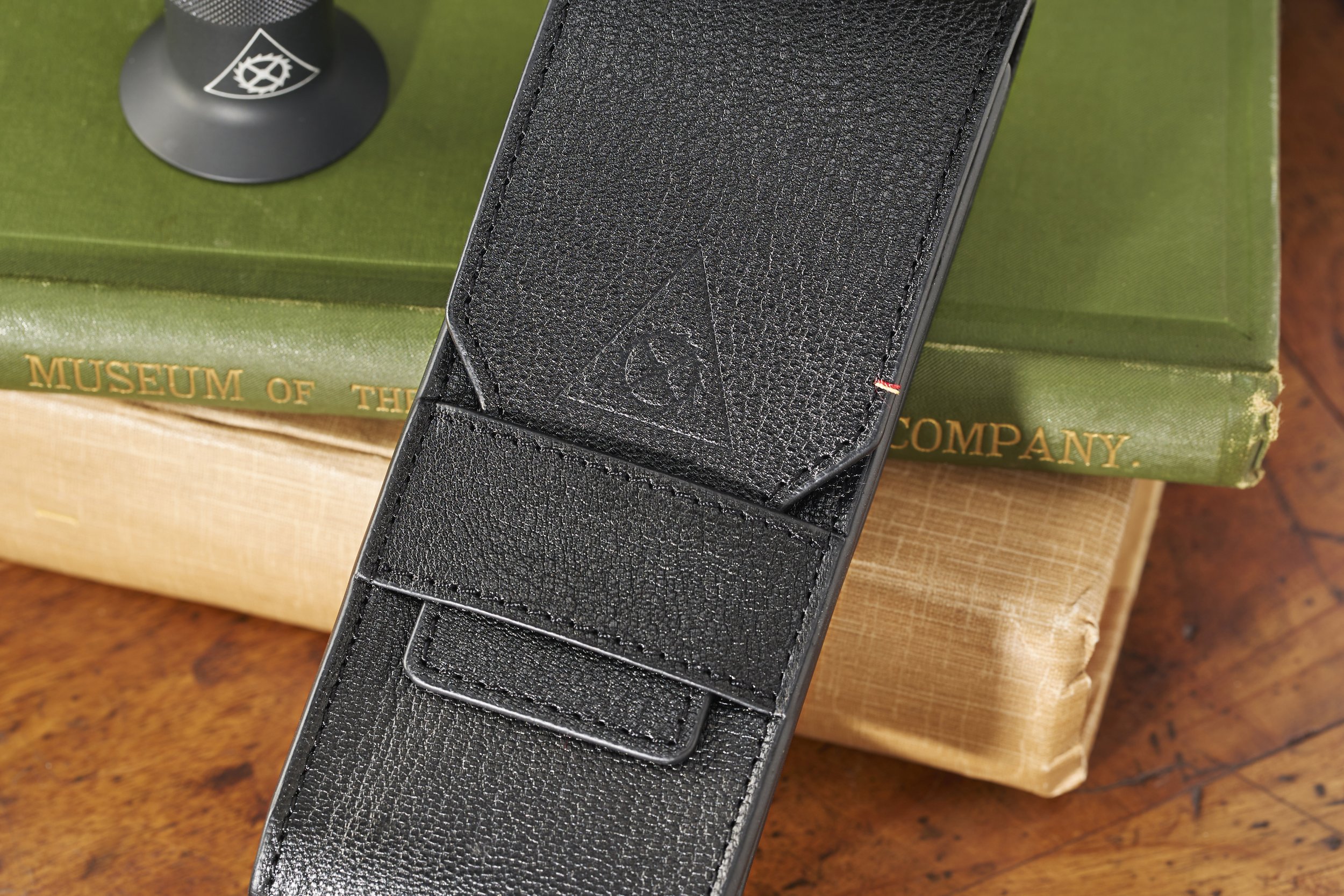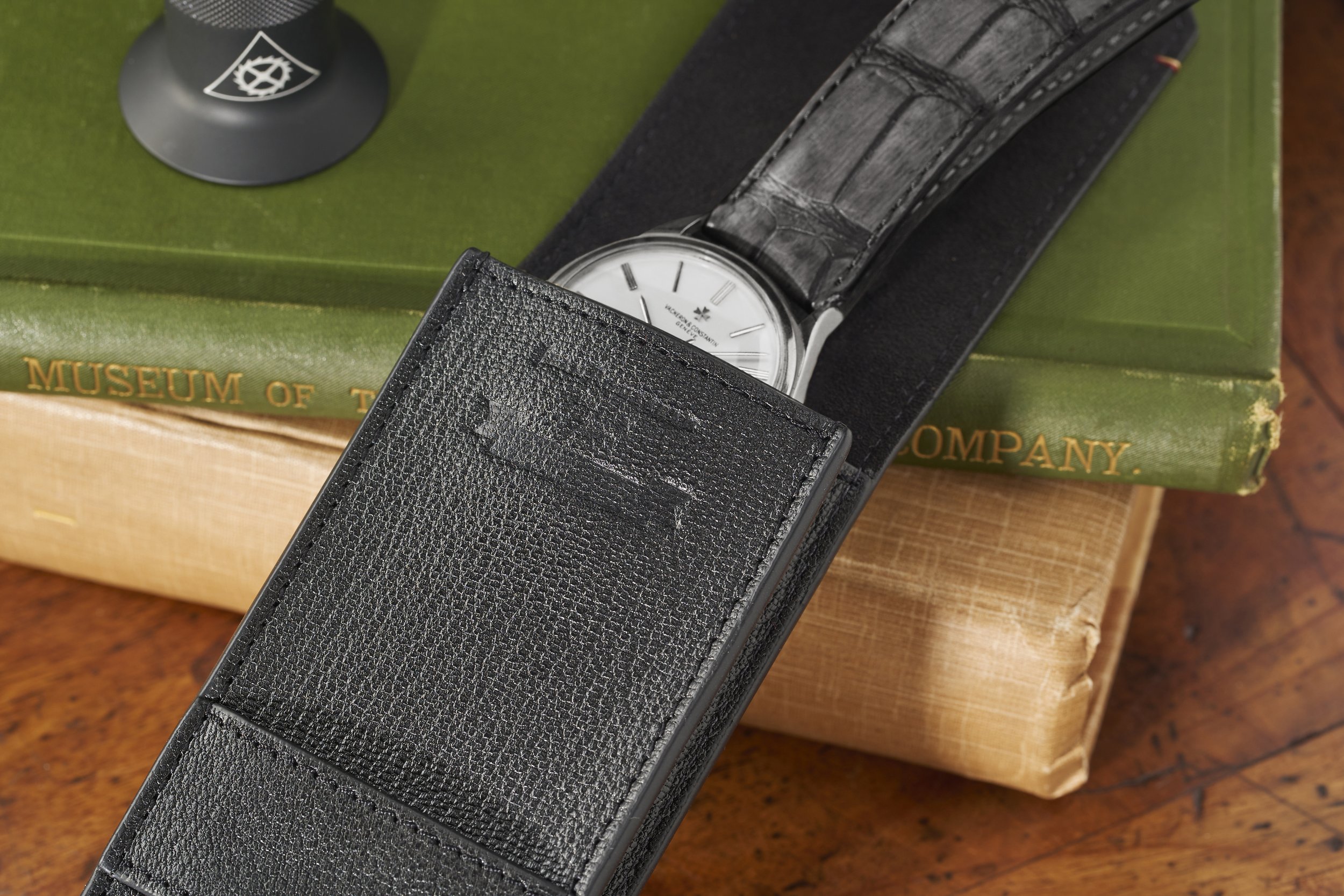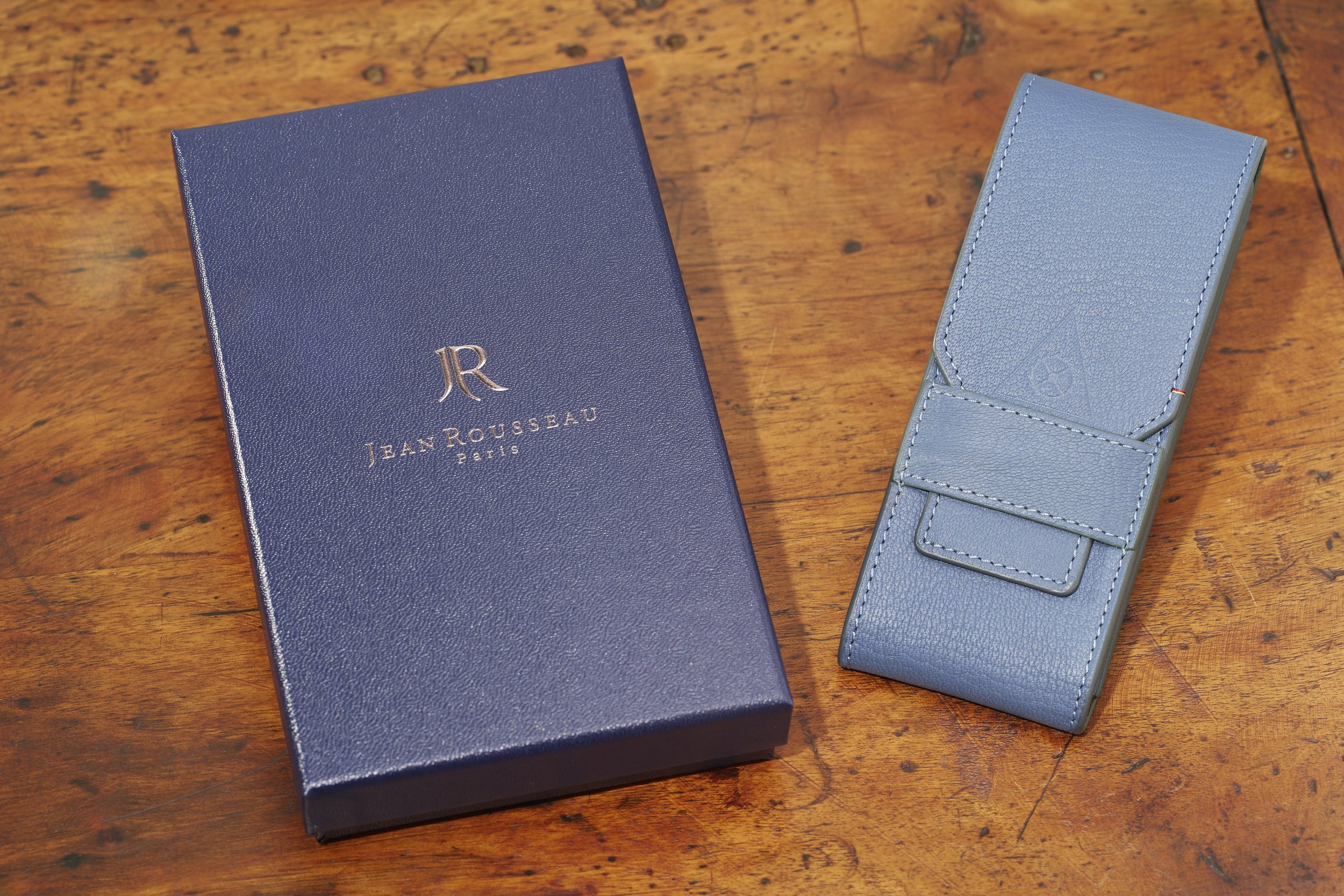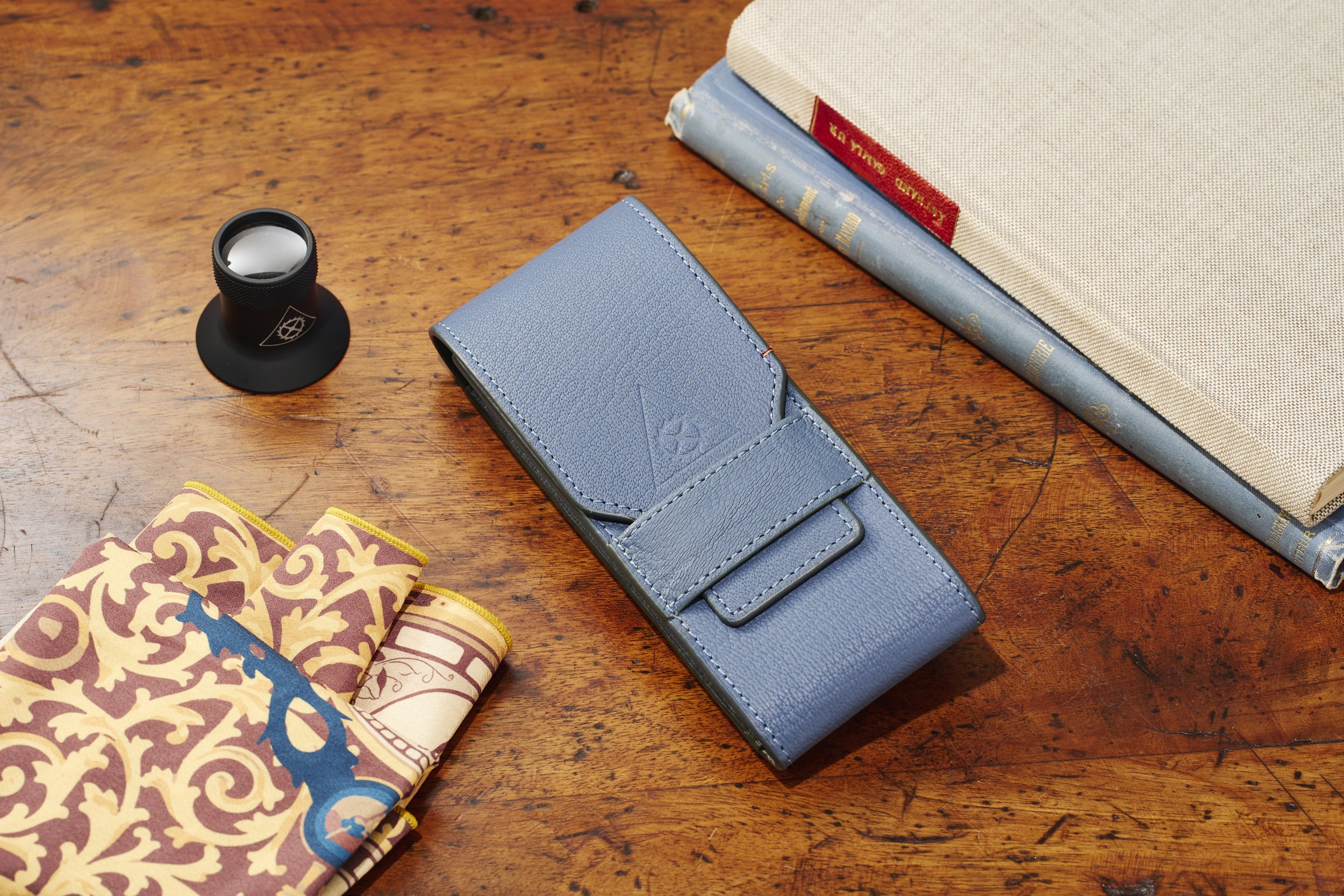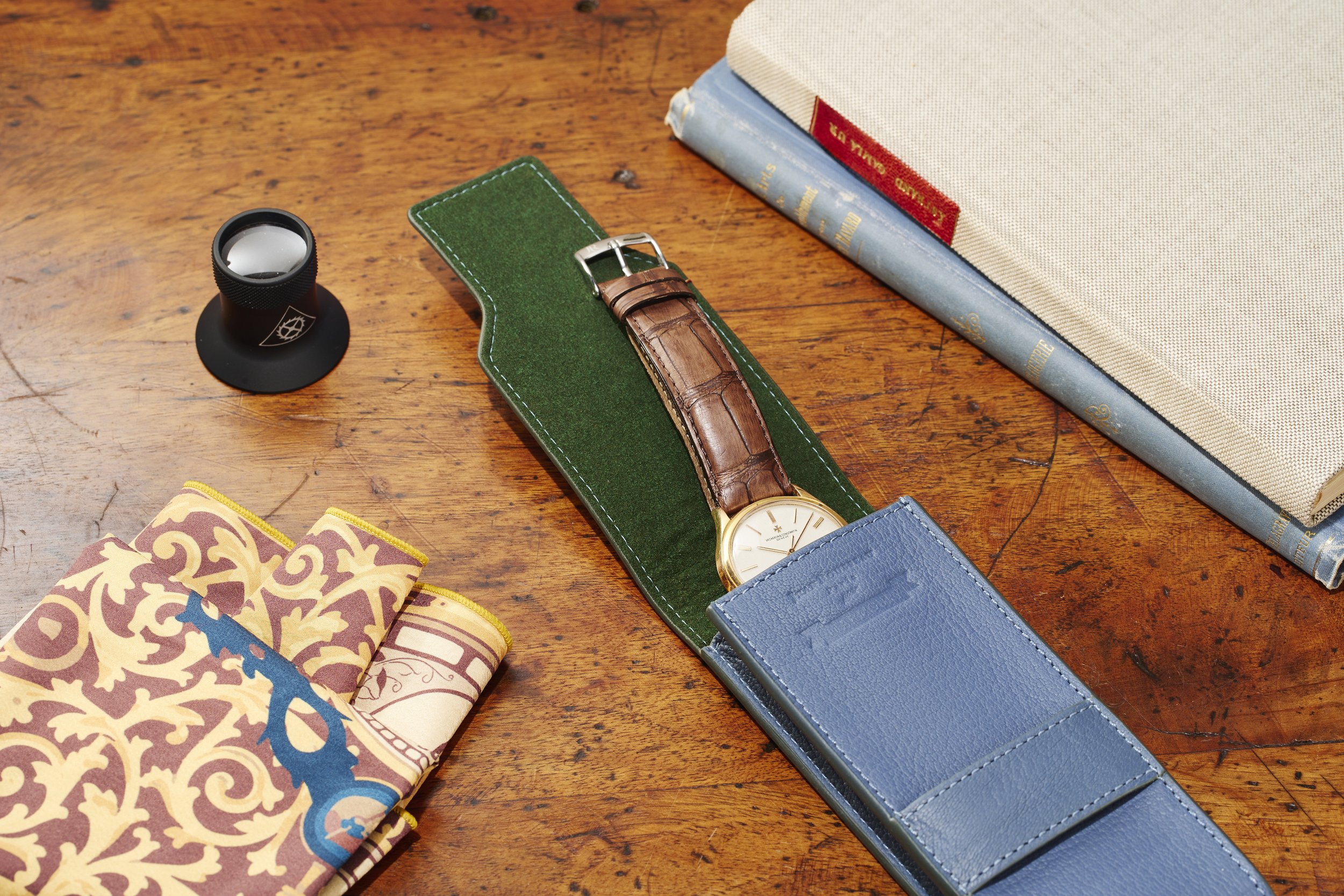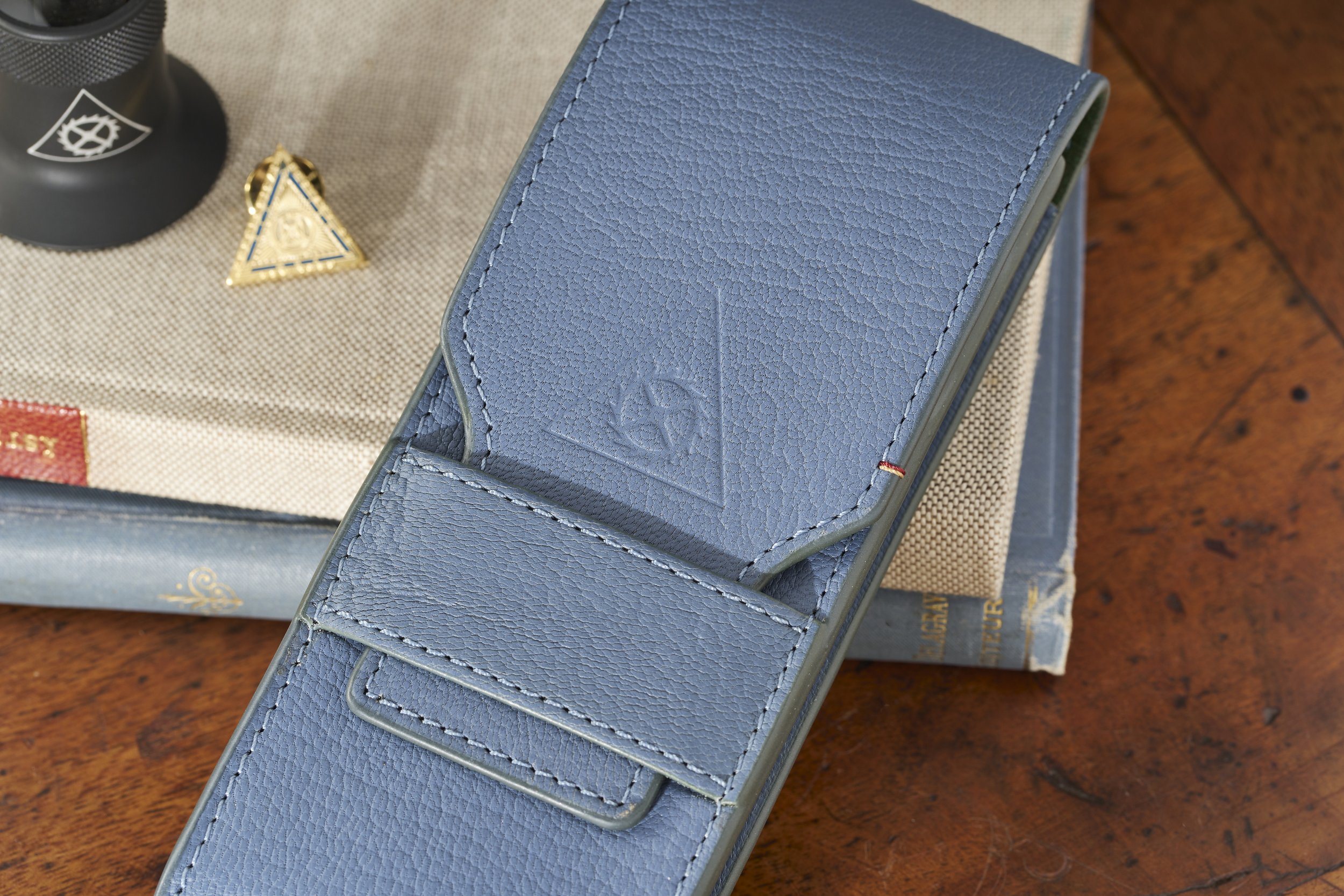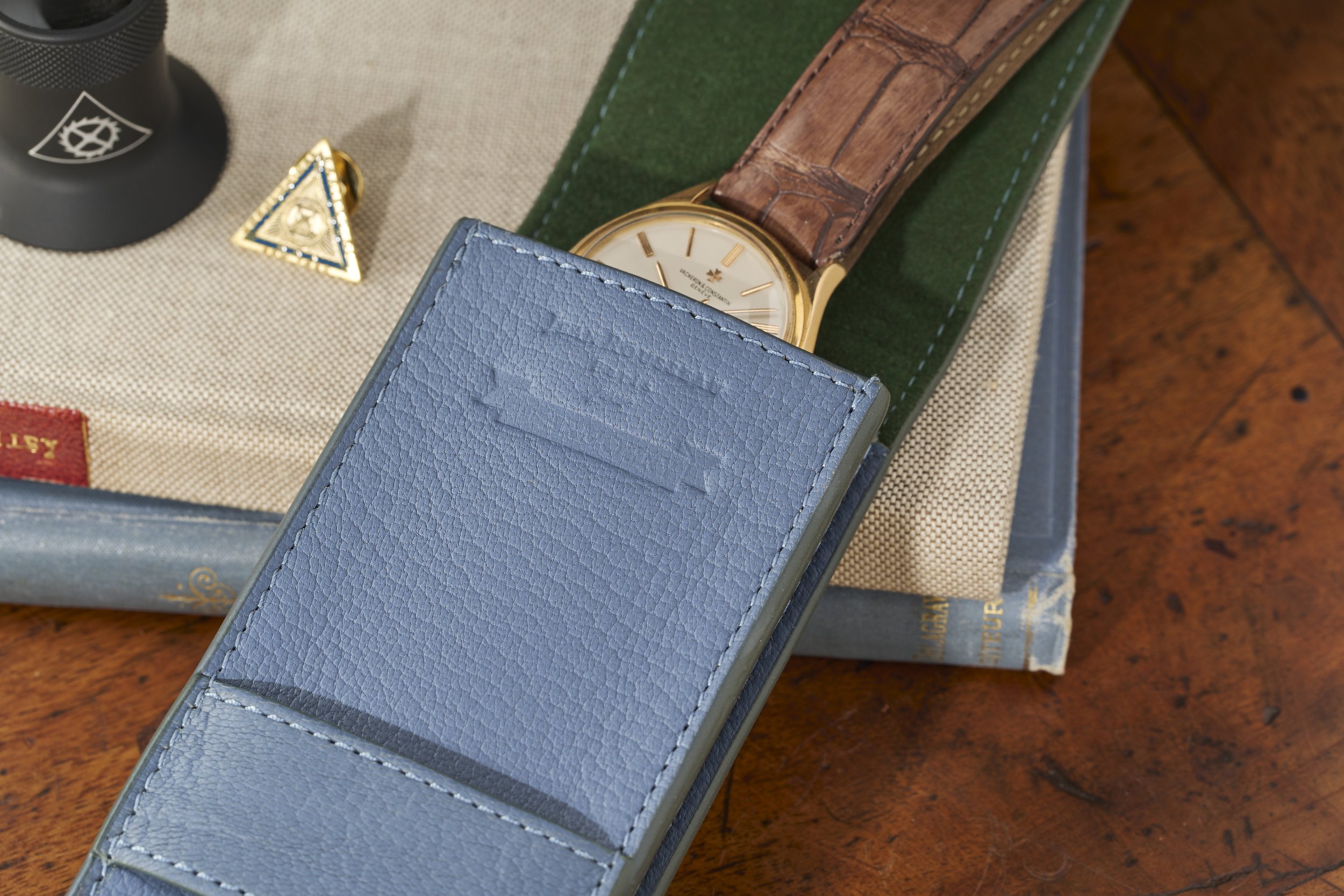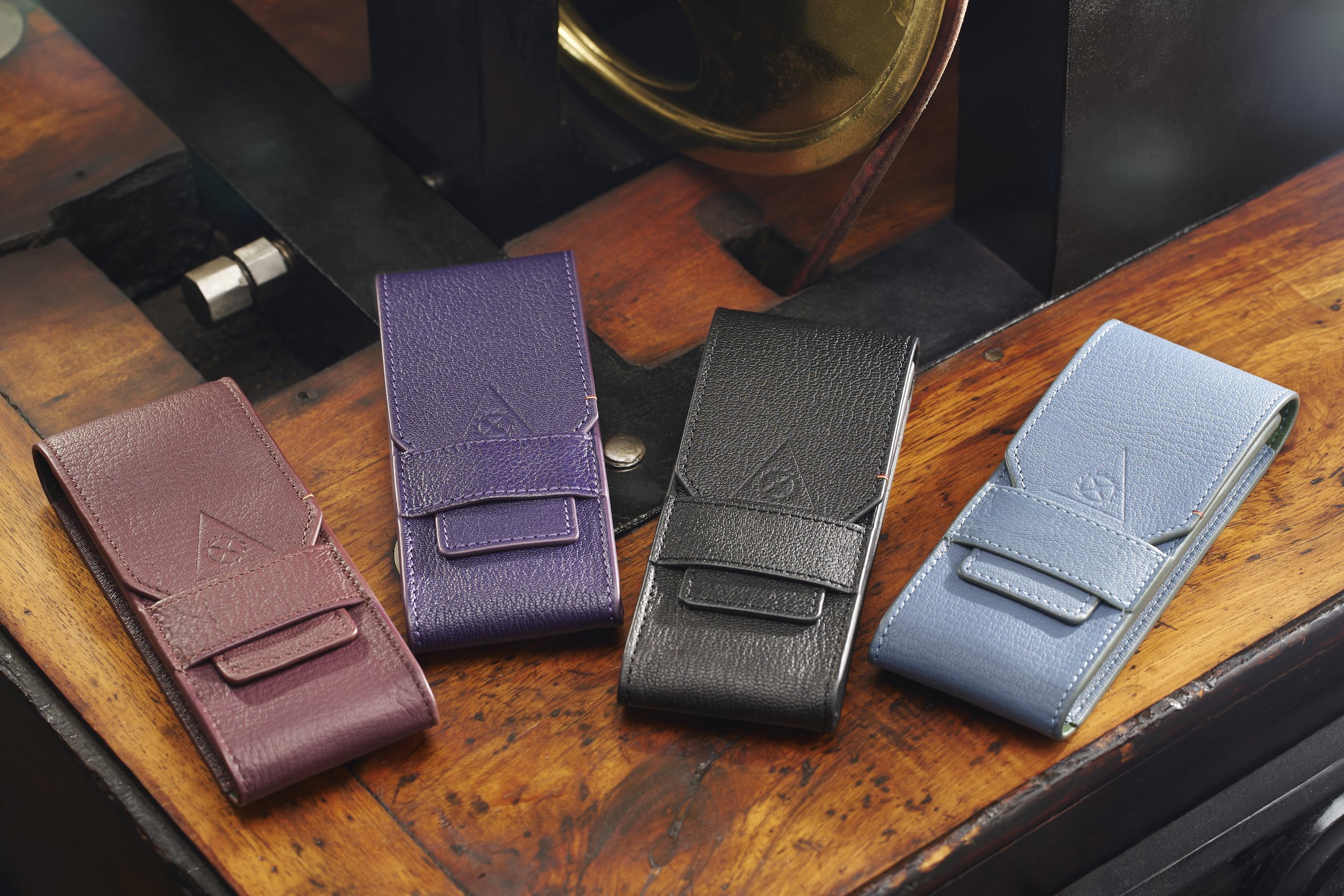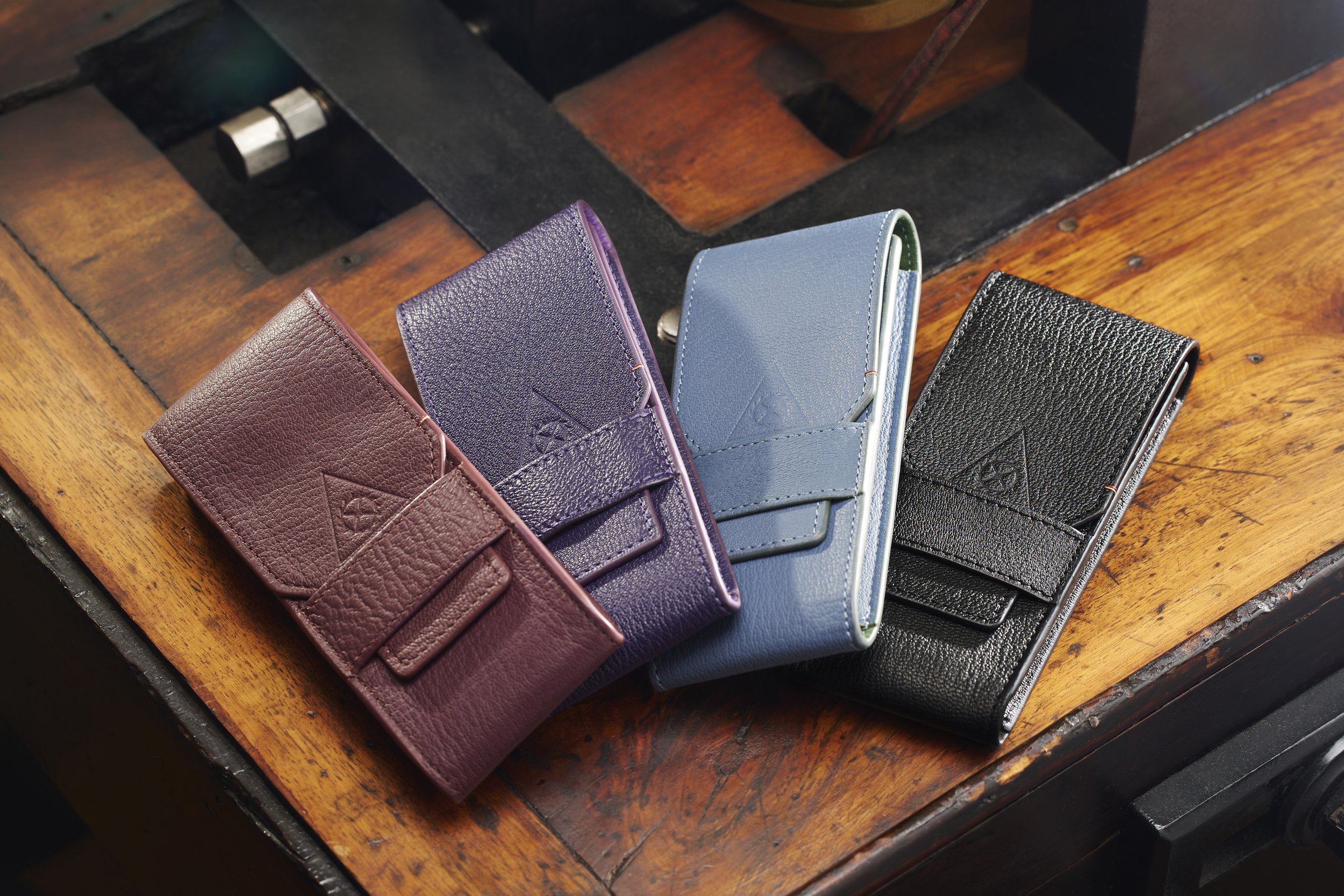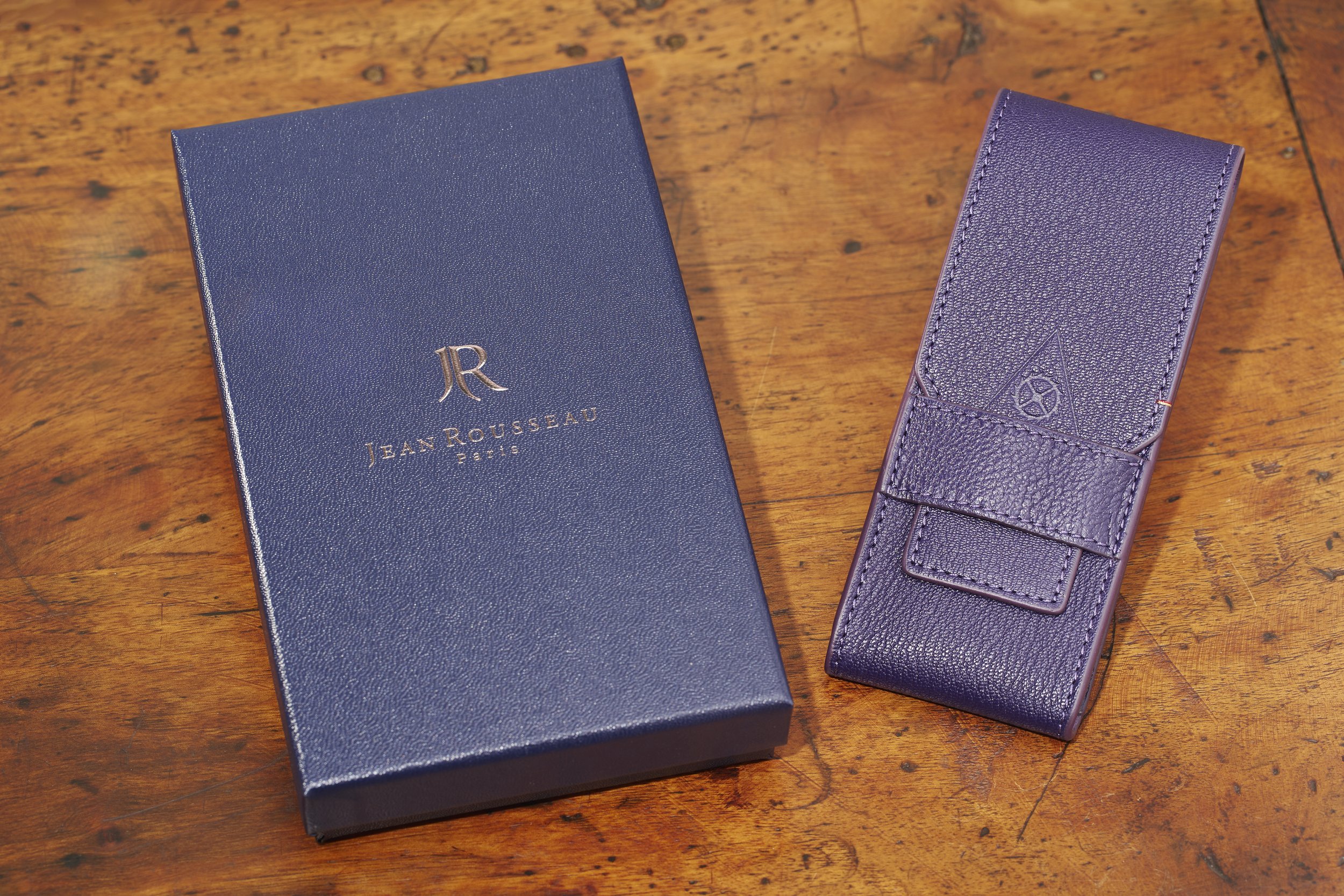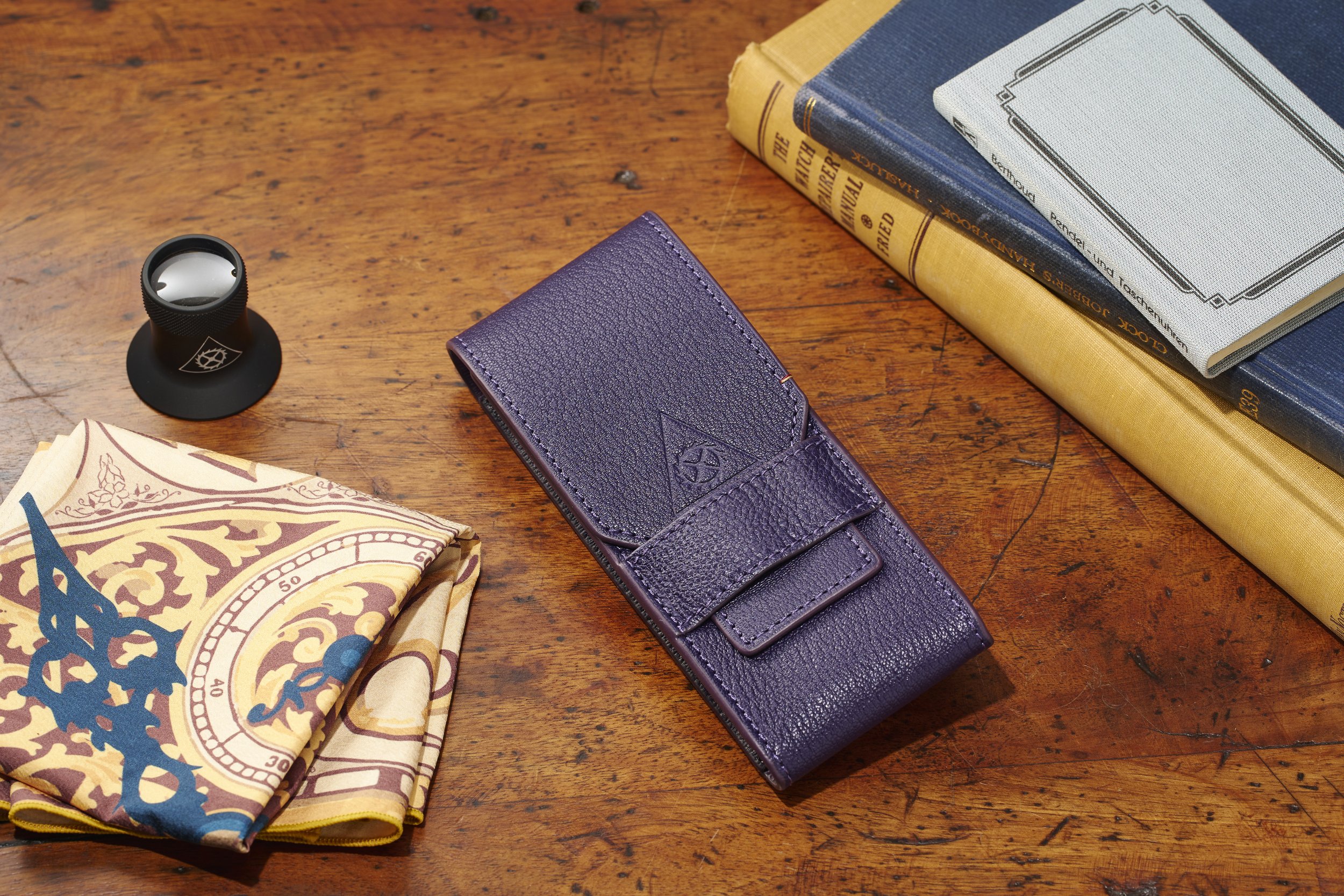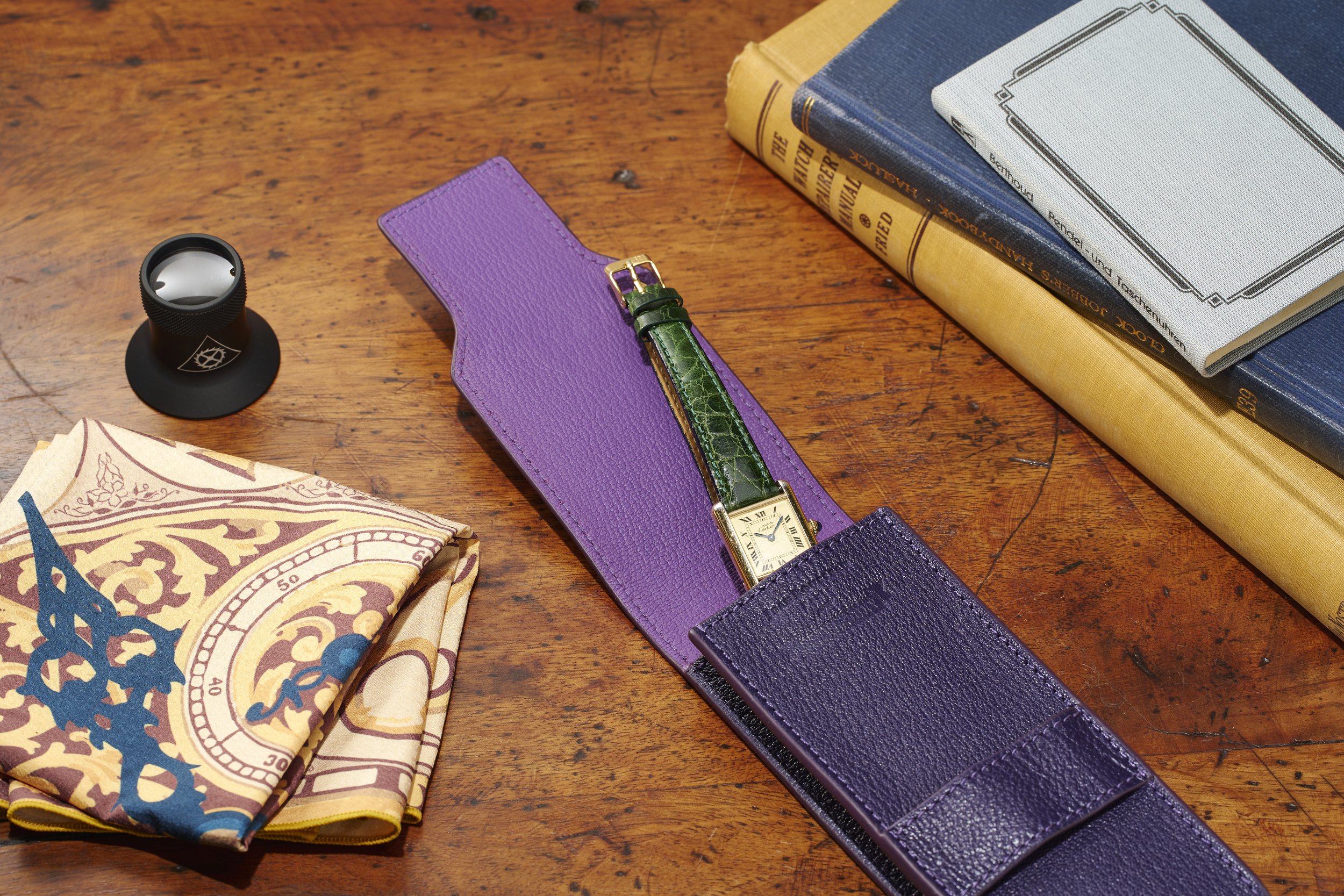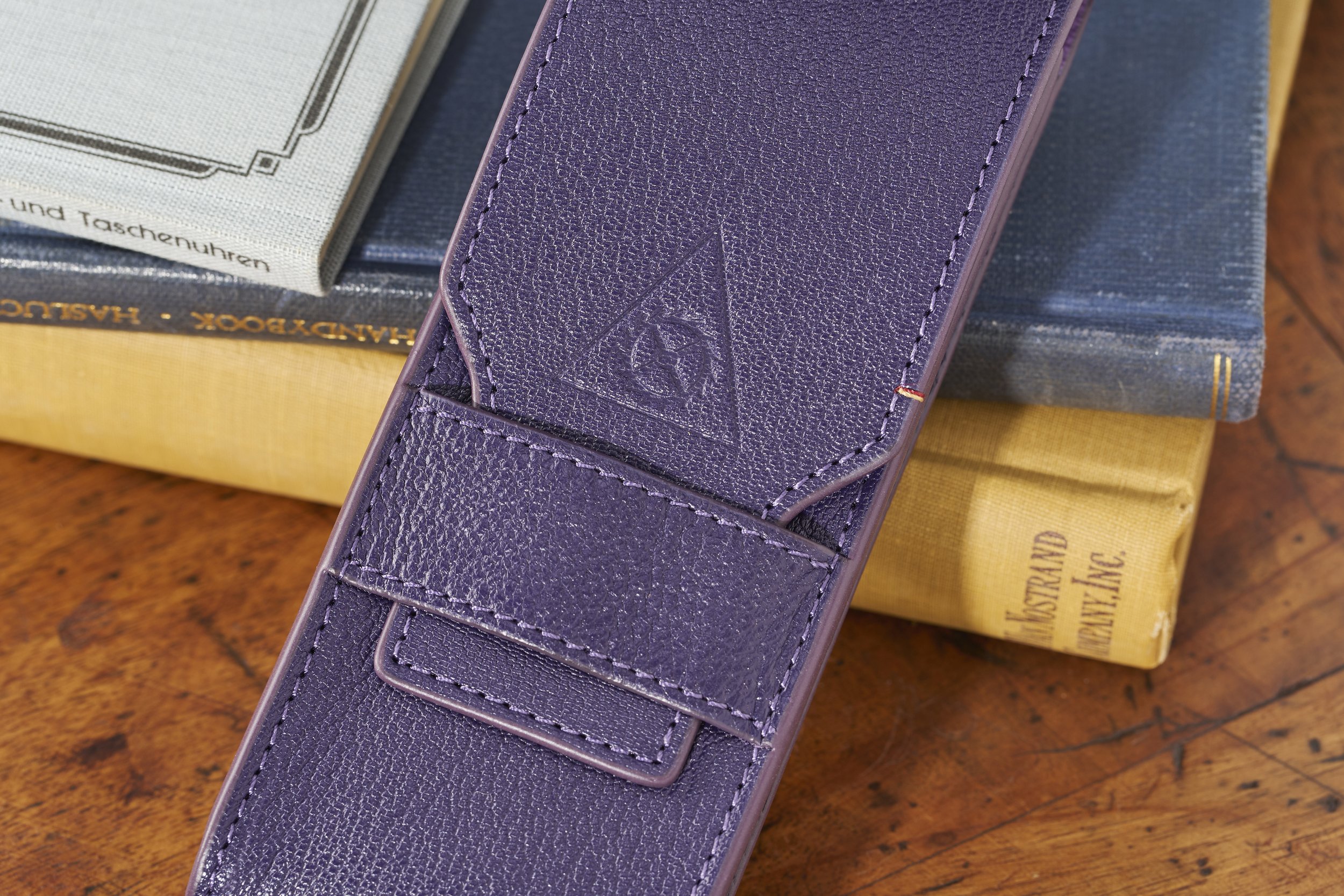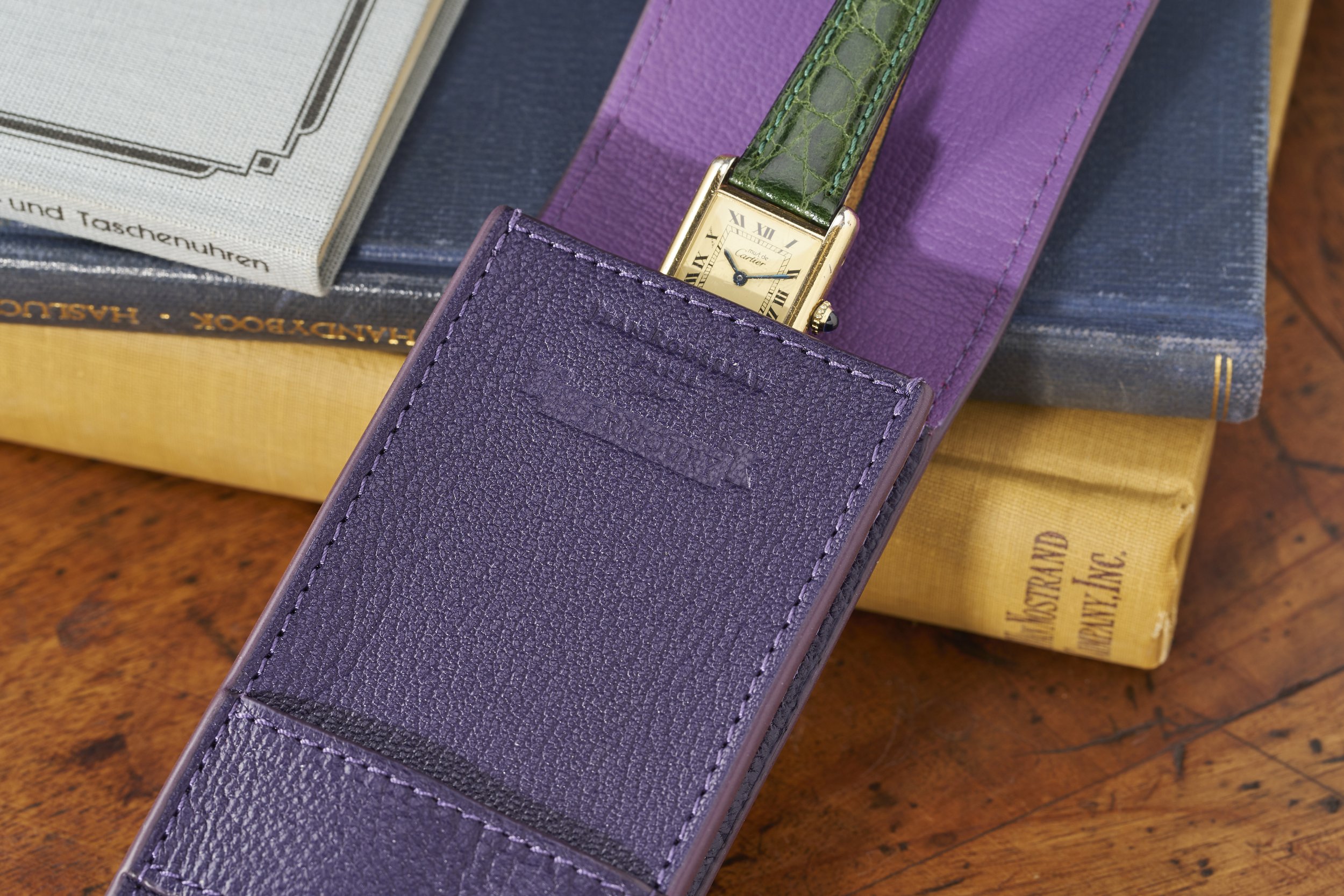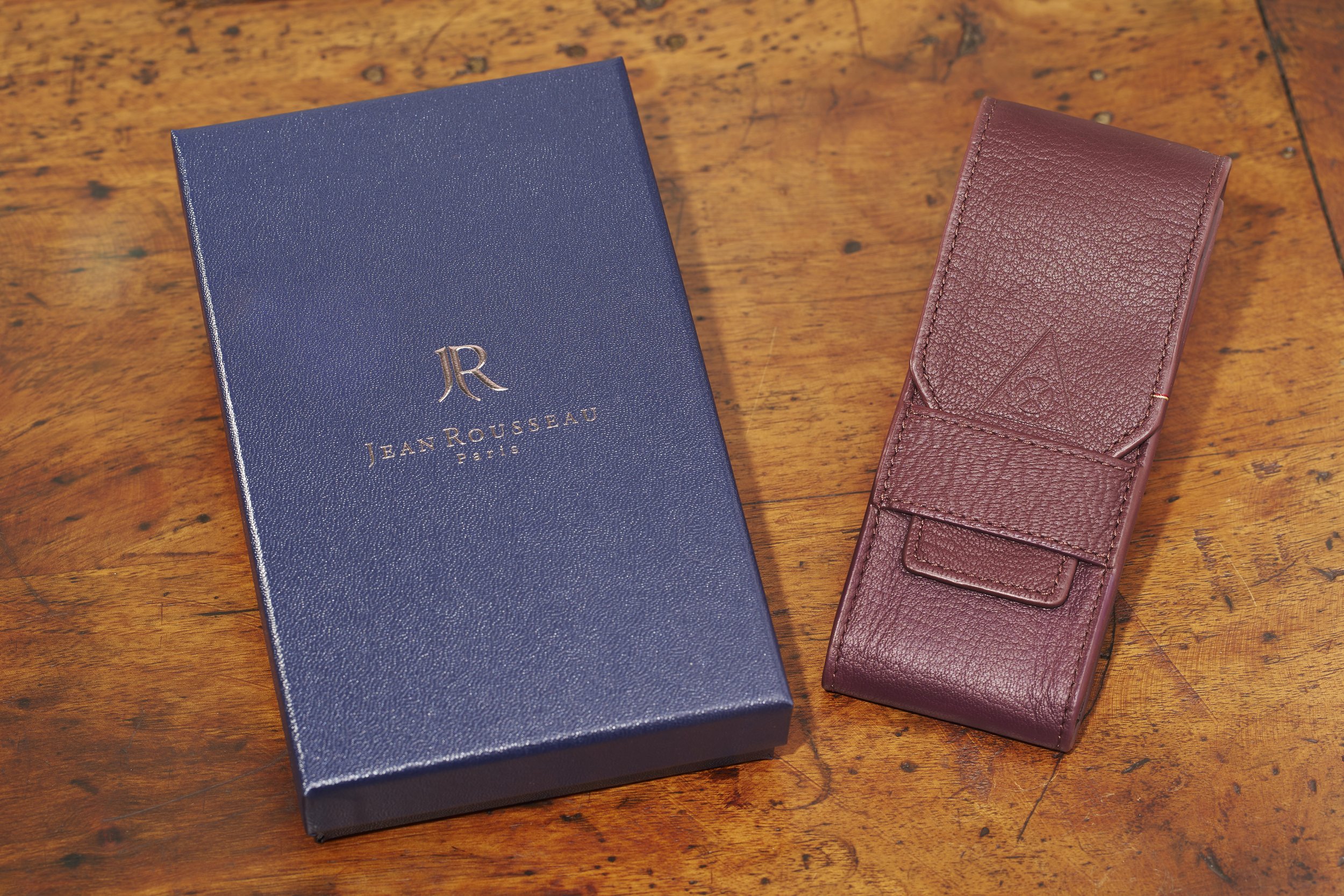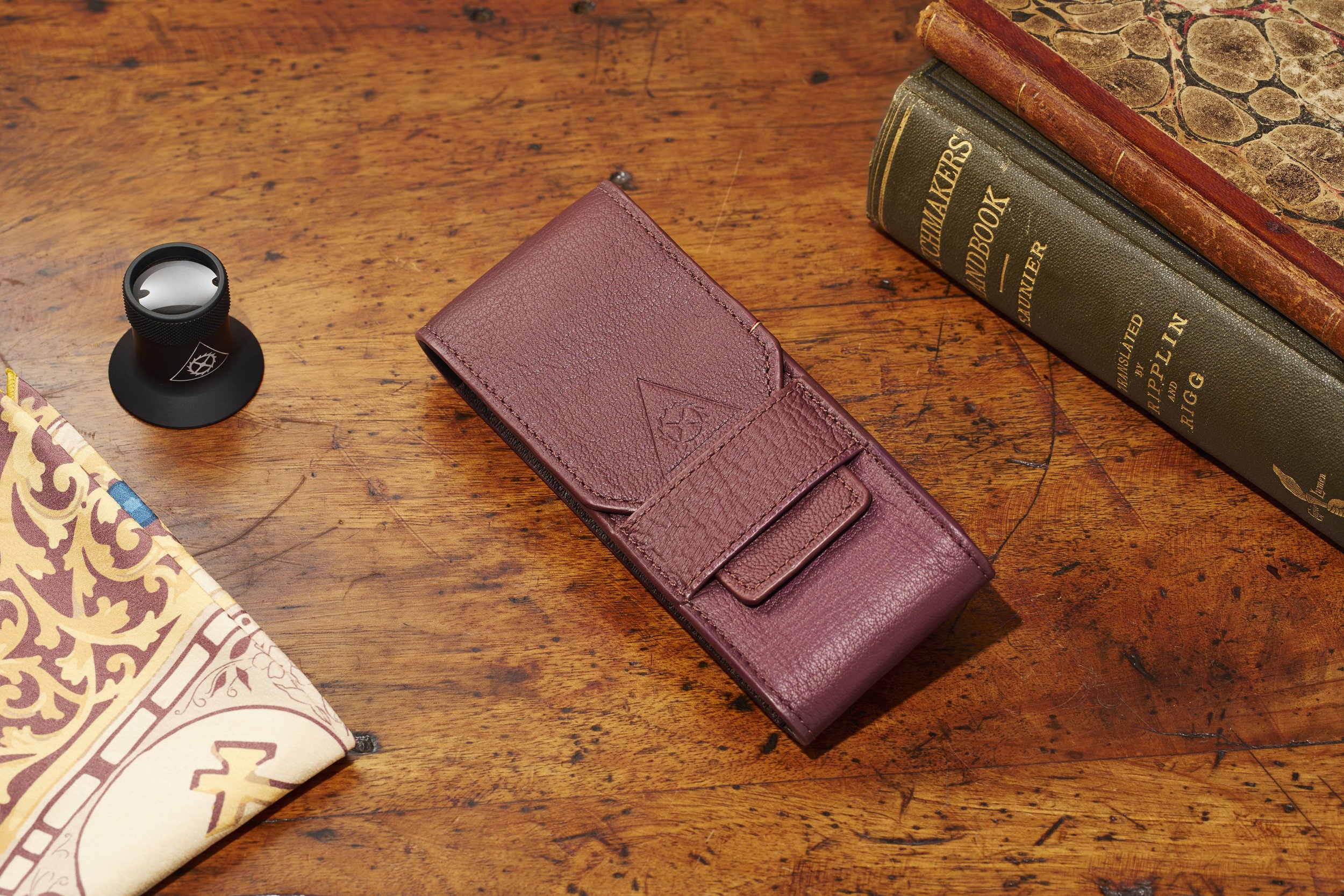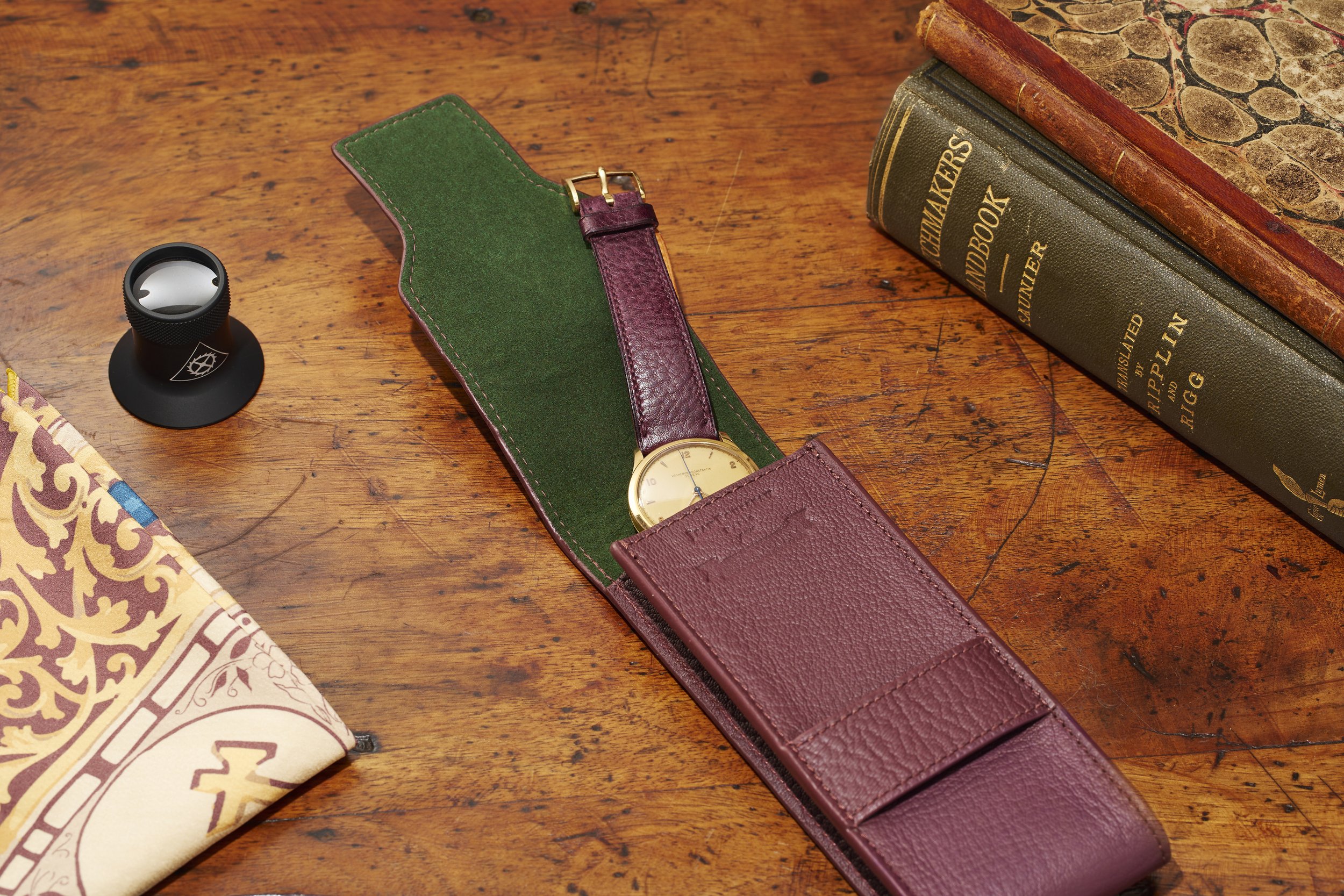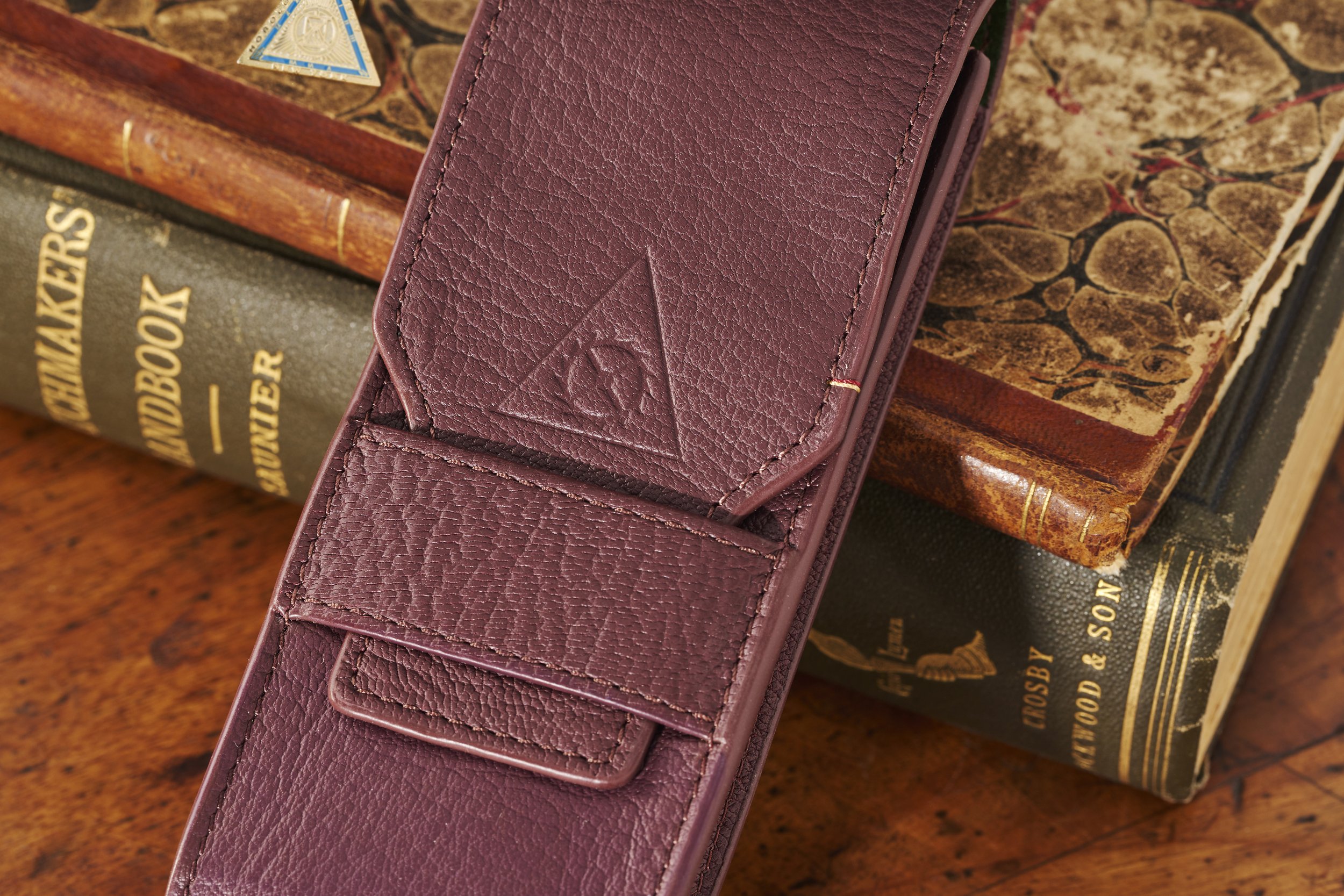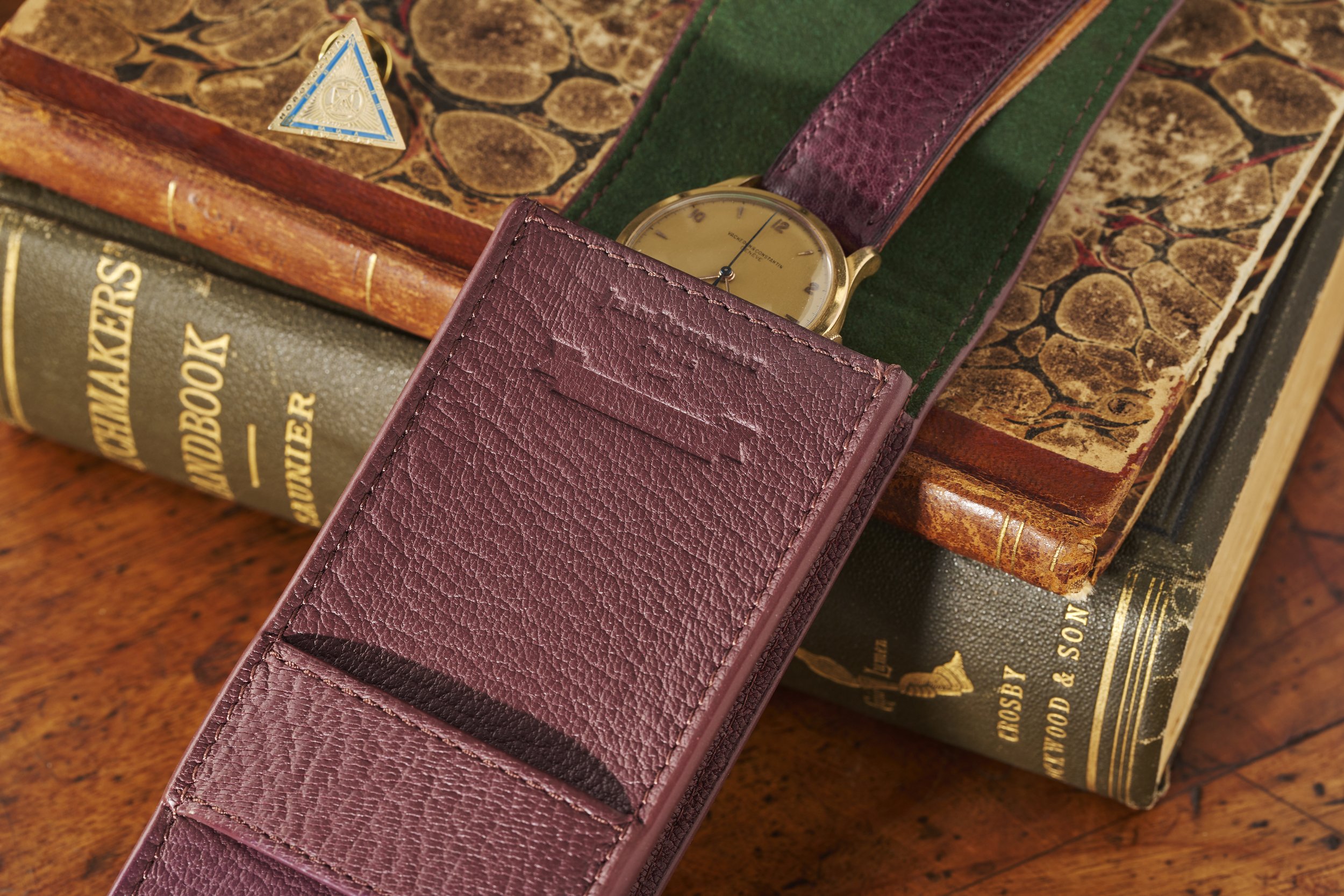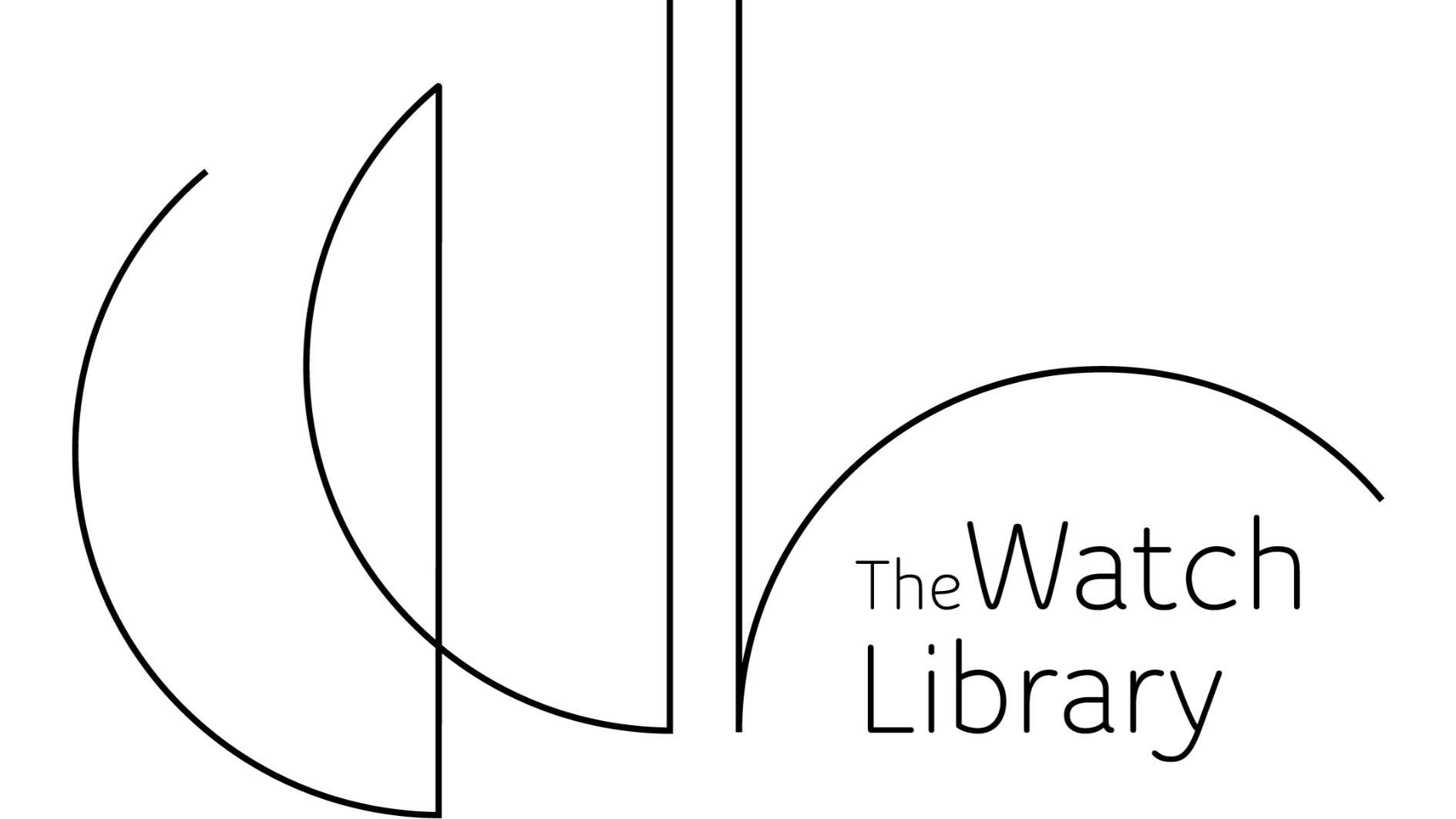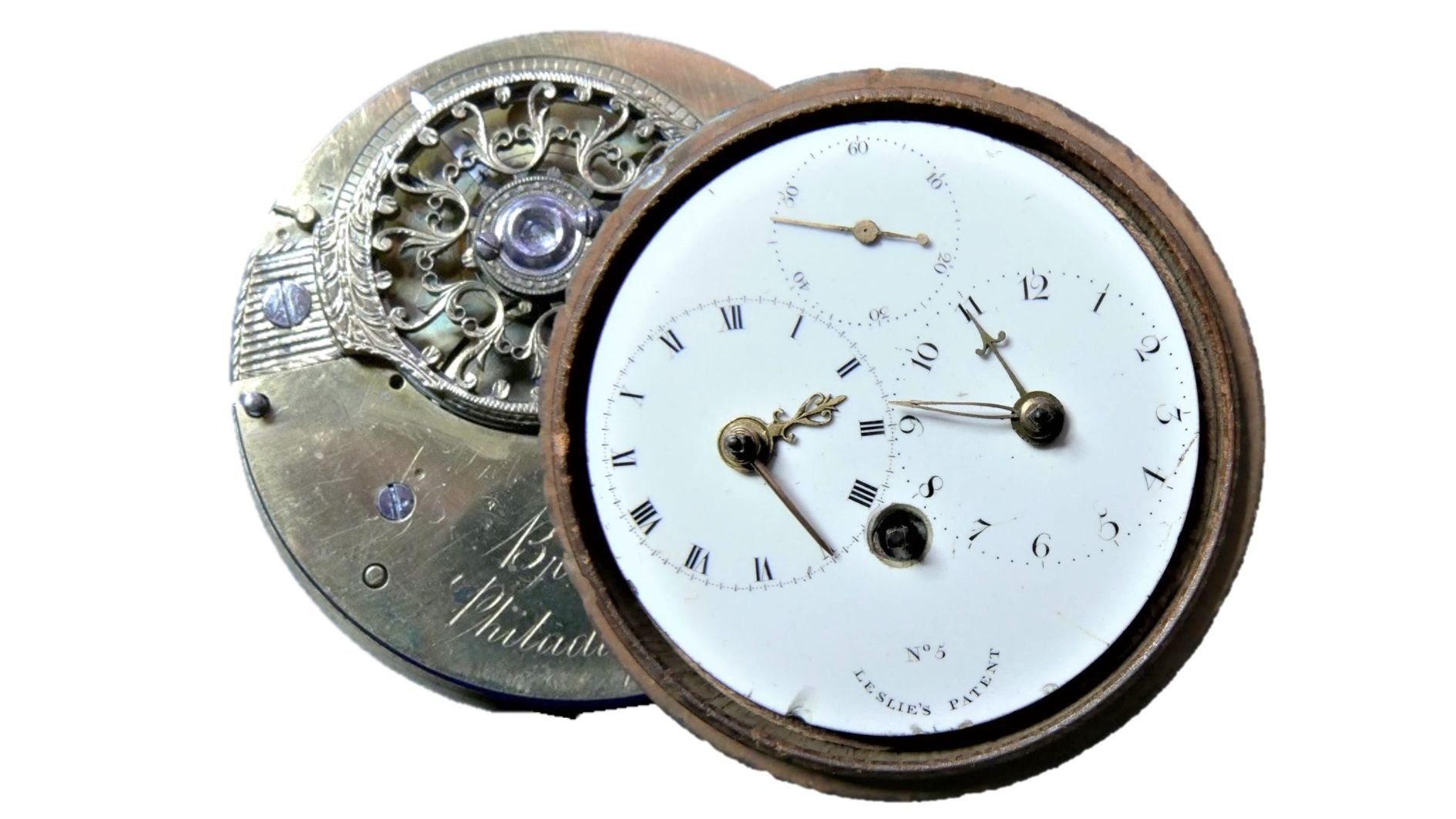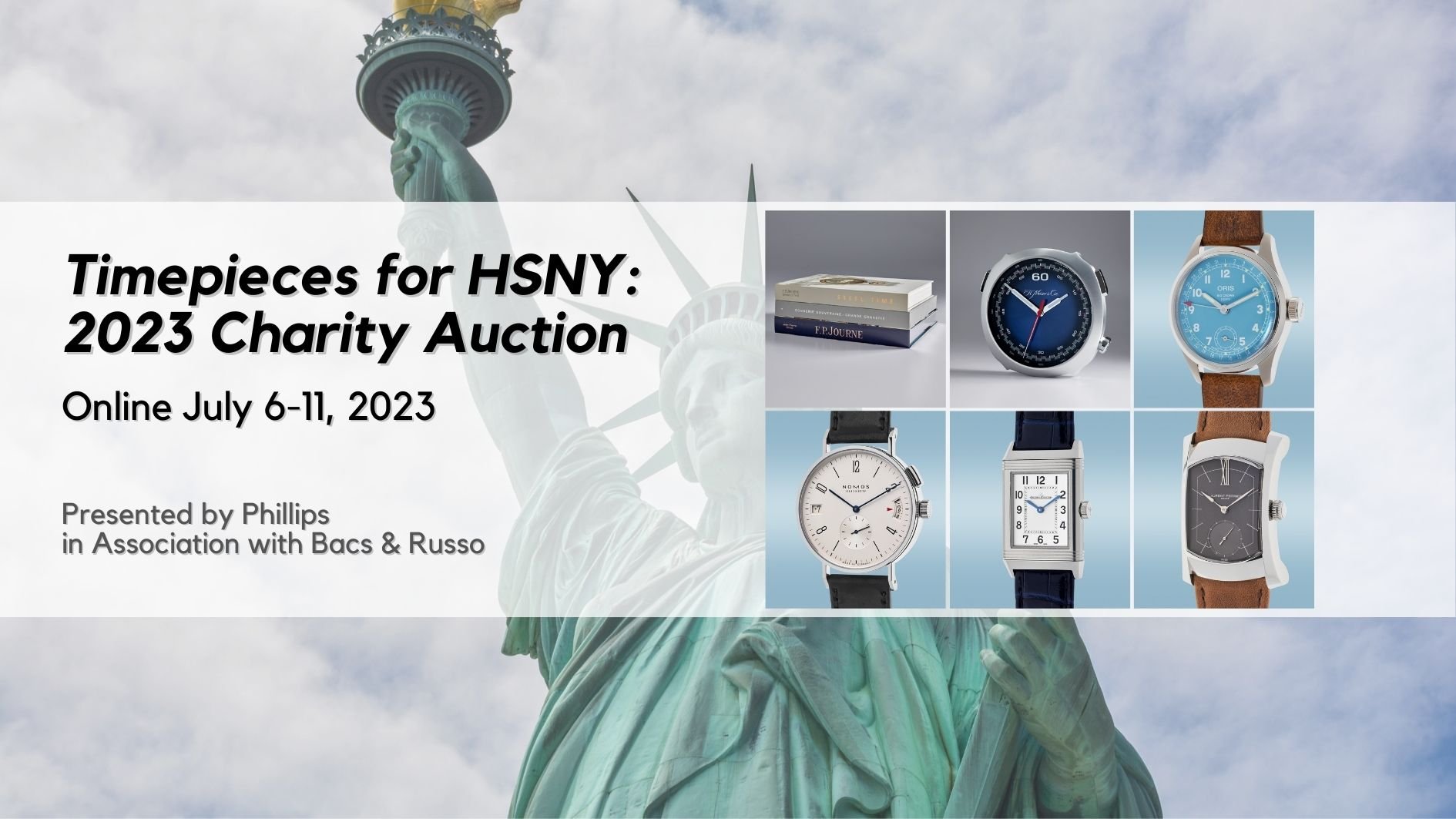Honoring & Empowering Those Who Have Served
The Horological Society of New York (HSNY) announces today the establishment of the Andre Bibeau Scholarship for Veteran Watchmaking Students. The newly formed financial aid opportunity, whose creation supports HSNY’s mission of advancing the art and science of horology, aims to assist veterans pursuing a career in watchmaking, honoring and empowering those who have served.
About the Andre Bibeau Scholarship for Veteran Watchmaking Students
The history of veterans-turned-watchmakers is interwoven with both war and innovation. Returning soldiers often face challenges reintegrating into civilian life. Recognizing their technical skills and need for purpose, visionary programs like the Joseph Bulova School of Watchmaking emerged. These initiatives provided veterans, particularly those with disabilities, with the meticulous training and tools needed to master the art of watchmaking. Organizations like the Veterans Watchmaker Initiative carry on this legacy. Today, HSNY joins in the commitment to ensuring the success of veteran watchmaking students.
Andre Bibeau (Photo: Anne-Marie Sholtes)
Pvt. Andre L. Bibeau (1925 - 2016) was a World War II veteran who served in the Army Infantry and was awarded the Purple Heart and Bronze Star. In 1943 he was assigned to the 141st Infantry Regiment out of Fort Meade, MD and was deployed to the Italian front as a private. He was wounded twice in Italy and subsequently awarded the Purple Heart.
Upon leaving the Army, Andre Bibeau attended the Bulova School of Watchmaking in New York. After graduating from the Bulova School, Bibeau opened his own successful watch repair business until he retired at age 75. The Andre Bibeau Scholarship is made possible by a generous donation from Maj. Michelle A. Cunningham and Aaron M. Cunningham.
“As a military family we have seen firsthand the fundamental importance of veterans having meaningful careers,” said Aaron M. Cunningham. “We are thankful that the Horological Society of New York shares our goal of helping veterans pursue their passion after their service has finished.”
Any student who has been accepted or is currently studying at a full-time watchmaking school in the United States and is a veteran is eligible for the Andre Bibeau Scholarship. Prospective students may also apply, with the understanding that the scholarship is contingent on their enrollment at a full-time watchmaking school. The scholarship will be awarded every April with awards up to $5,000 available. Veterans interested in applying can find detailed information on HSNY’s website.
2024 Financial Aid Opportunities
In addition to the new Andre Bibeau Scholarship for Veteran Watchmaking Students, HSNY is offering eight scholarships and awards to ensure the success of watchmaking students and institutions across the United States. All application periods are January 1 to March 1 and financial aid is awarded in April.
# # #
ABOUT THE HOROLOGICAL SOCIETY OF NEW YORK
Founded in 1866, the Horological Society of New York (HSNY) is one of the oldest continuously operating horological associations in the world. Today, HSNY is a 501(c)(3) nonprofit organization dedicated to advancing the art and science of horology through education. Members are a diverse mix of watchmakers, clockmakers, executives, journalists, auctioneers, historians, salespeople and collectors, reflecting the rich nature of horology in New York City and around the world. http://hs-ny.org


